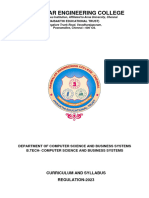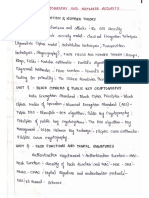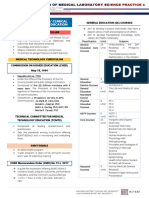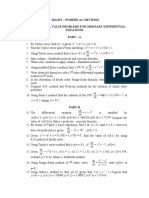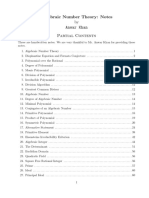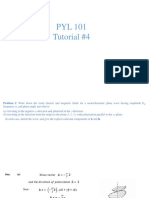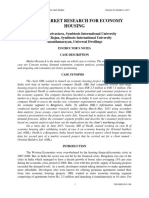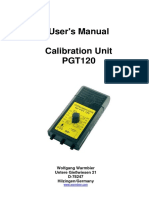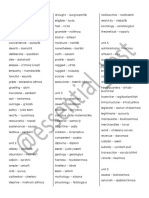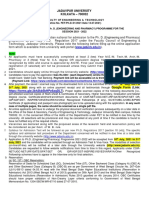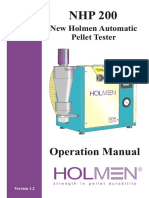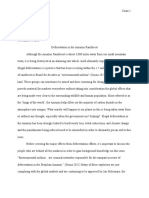0% found this document useful (0 votes)
23 views16 pagesCourse File Cse
The document outlines the course MA3251: Statistics and Numerical Methods at Sri Ramakrishna College of Engineering for the academic year 2024-2025, detailing the course objectives, syllabus, and program educational objectives. It emphasizes the importance of statistical methods and numerical techniques in engineering, covering topics such as hypothesis testing, design of experiments, and numerical solutions of differential equations. Additionally, it includes program outcomes and specific outcomes related to artificial intelligence and data science education.
Uploaded by
Surya ChandraveluCopyright
© © All Rights Reserved
We take content rights seriously. If you suspect this is your content, claim it here.
Available Formats
Download as DOCX, PDF, TXT or read online on Scribd
0% found this document useful (0 votes)
23 views16 pagesCourse File Cse
The document outlines the course MA3251: Statistics and Numerical Methods at Sri Ramakrishna College of Engineering for the academic year 2024-2025, detailing the course objectives, syllabus, and program educational objectives. It emphasizes the importance of statistical methods and numerical techniques in engineering, covering topics such as hypothesis testing, design of experiments, and numerical solutions of differential equations. Additionally, it includes program outcomes and specific outcomes related to artificial intelligence and data science education.
Uploaded by
Surya ChandraveluCopyright
© © All Rights Reserved
We take content rights seriously. If you suspect this is your content, claim it here.
Available Formats
Download as DOCX, PDF, TXT or read online on Scribd
/ 16




















































